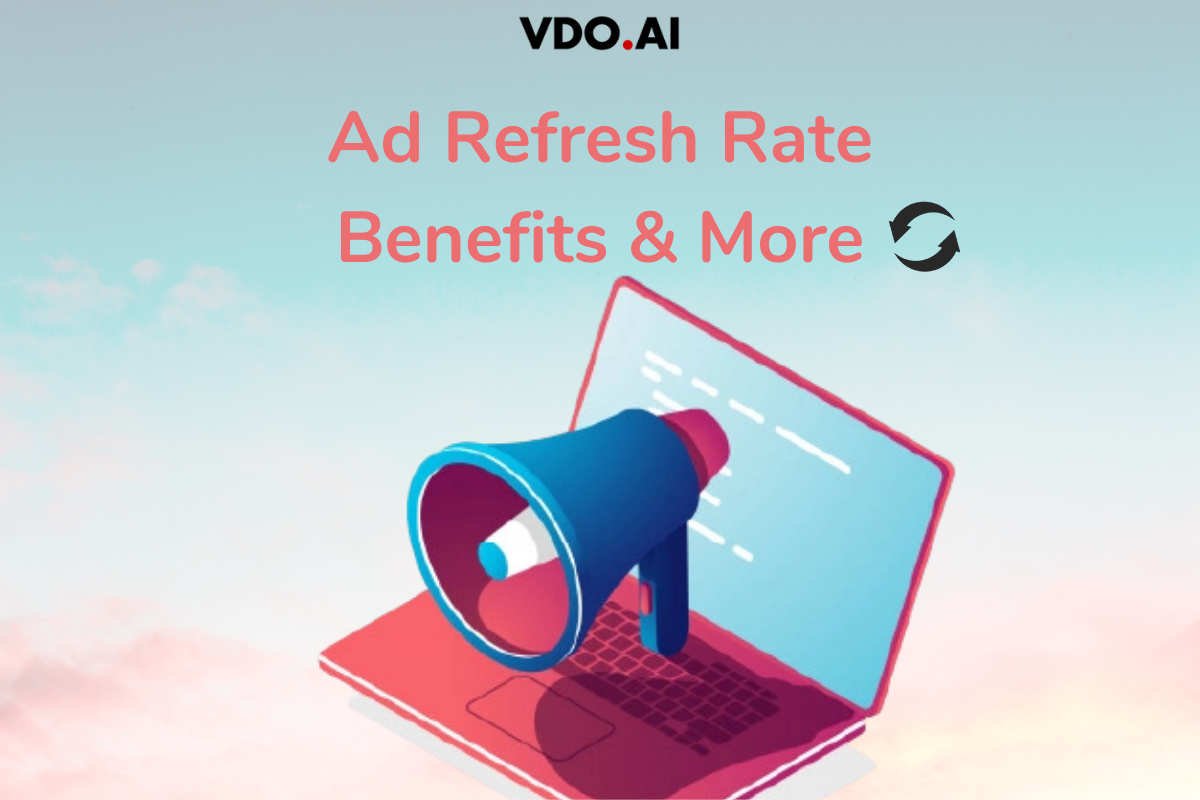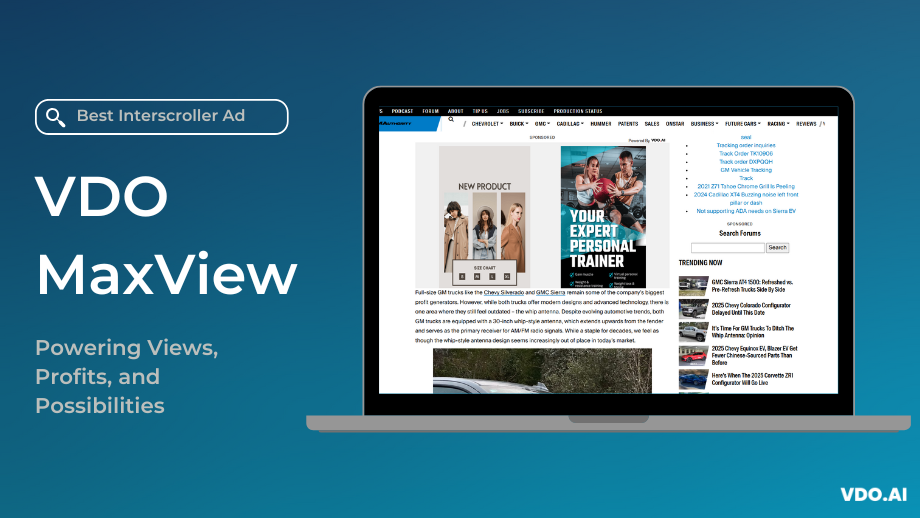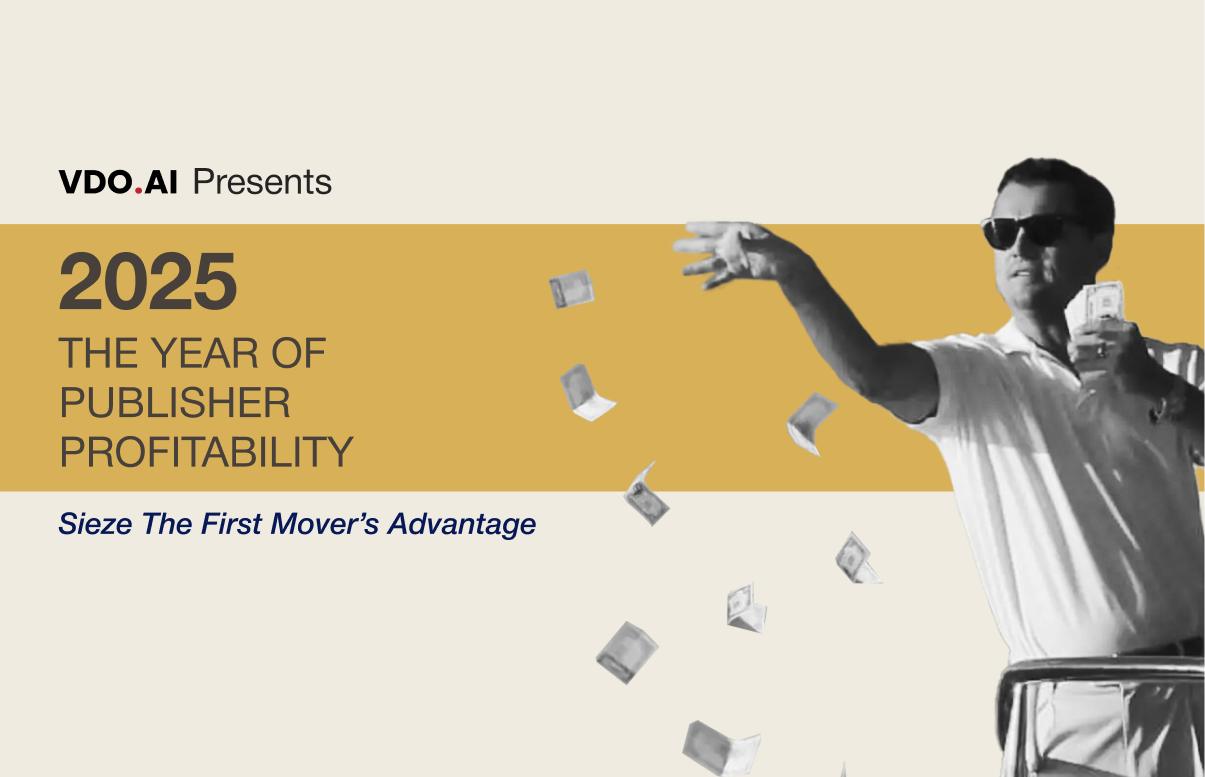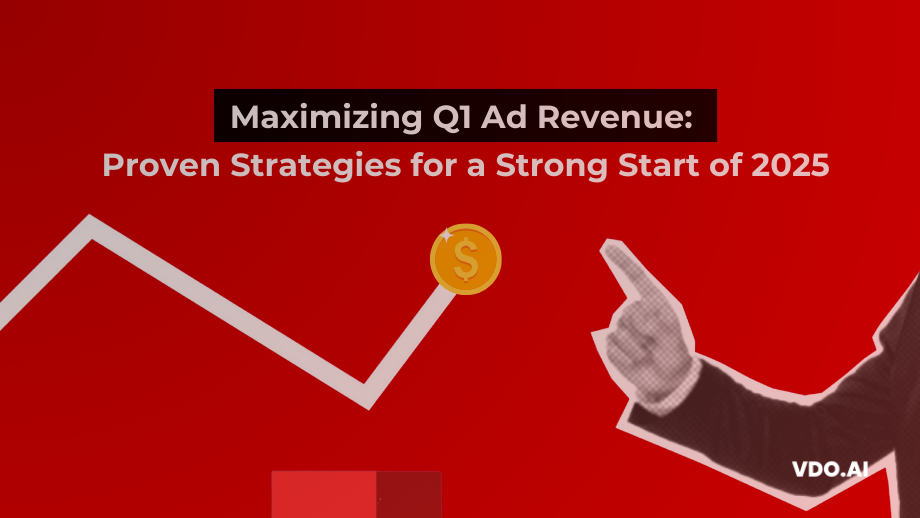Ad Refresh Rate: What Is It & How Can You Benefit From It?
Reading Time: 4 minutesAdvertisements are a big part of the internet helping you generate a lot of revenue by implementing the right optimizing and targeting techniques. The revenue is also determined by how the ads are shown, how often they are displayed, and how fast they change. The publisher gets more revenue if more ads are delivered to the user with the right user experience.
Hence, it is important for all of us to know and understand the concept of the ‘Ad-Refresh Rate.’ Ad-refresh rate is determined by the rate with which a new advertisement replaces an old one during a user session on the webpage. This process of refreshing the ads is done every 30 seconds, 60 seconds, or more. It is on the publisher to ensure that the users have enough time to engage and interact with the ads which they publish. This makes sure that the ads offer the best performance to both advertisers and publishers. Today many companies provide ad-refresh techniques and triggers, helping both of the parties to gain revenue.
Why Do We Need Ad Refresh?
Ad refresh ensures that the publisher is successful in showing more ads to the user during his session on the web page. It is a great technique for the revenue generation. But, wait, there is more to it. Revenue can be generated if the user is on the page for a longer duration and if at that time you show him different contextual ads one by one will skyrocket the publisher’s revenue. To make the user stay on the web page for long, the website should be made relevant, looks aesthetically pleasing and offers varied topics under on roof.
Advertisers pay a lot of money to display the ads for as long as the user is on the page especially in the ad-refresh era. However what needs a little attention is that, refreshing the ads without specific standards and guidelines can result in violating Google Ad’s Policies which would eventually lead to deletion of the ads.
If the ad-refresh factor is wisely and cleverly used, the publishers can reap a lot of revenue through revenue per session. Hence, it becomes clear that the CPM falls with each advertisement refreshing process.

What Factors Define The Ad Refresh Rate?
We said refreshing the ad on certain “terms and conditions.” But what are these conditions and terms? Let us dig a little deeper. You can refresh your advertisement on some predefined conditions which are called Triggers. Hence, if you are an advertiser, you can use three types of triggers to your advantage:
- User-Based Trigger: User-based trigger refreshes the ad, which is based on the user’s navigation pattern. For instance, if a user interacts with the content by clicking on a call to action button, the ad-refresh can be triggered.
- Event-Based Trigger: These ad-refresh rates are based on the events that a publisher decides to initiate. For instance, if we are looking at a web page that shows the scoreboard of a football event, then the ads can be refreshed when the page is refreshed to show the updated score.
- Time-Based Trigger: Time-based triggers are the triggers where the ads are refreshed based on the predefined time intervals. For instance, you can specify the ad refresh event every 30 seconds or 60 seconds.
What Is A Successful Ad Refresh Rate Trigger?
According to a study, the ad-refresh rate is one where you put it on a time-based trigger. And the ideal time interval is supposed to be 120 seconds, which means an ad is refreshed every 120 seconds. This time interval ensures that the user gets enough time to engage with the advertisement and the ad is also displayed for a good amount of time. And hence, the successful trigger to refresh the ad is generally time-based.
What Will Make Ad Refresh Easy?
If you are thinking of using auto ad-refresh as the parameter, then you need to follow these things:
- Follow the network policy: Always make sure to visit the network’s policies when it comes to advertisements that refresh automatically. Take care of the minimum time interval along with the need of the advertisement.
- Lengthy intervals are better: To allow the user to engage with your advertisement, the advertisers should at least allow 60 seconds interval. A 240-second interval enables a good balance between the revenue generation and user experience.
- Conduct A/B testing: Testing something always gives an idea about whether something works. Hence, always advertise on your website before you decide to publish on other websites. This is a good way to know whether the auto ad-refresh factor will lead to an increment in the revenue.

Conclusion
Advertisements bring about a lot of revenue if you know which trigger is the best for your advertisement. It is only after proper testing and experimenting, the advertisements should be published on the websites.



